Samsung Galaxy Note 7 vs Apple iPhone 6s Plus
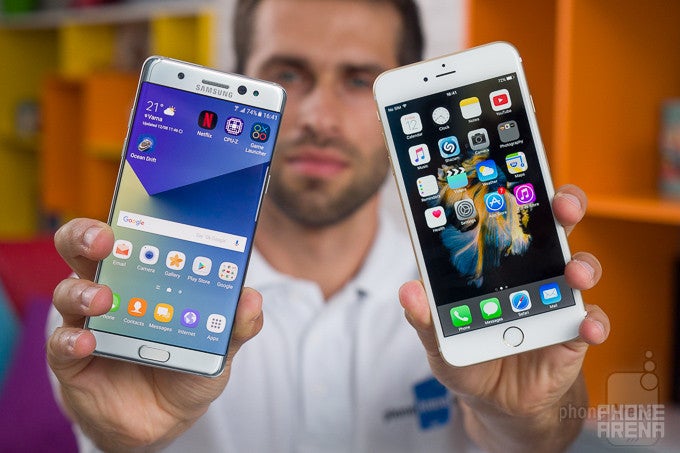
The Samsung Galaxy Note 7 has been discontinued following numerous reports of units catching fire or exploding. In the interest of safety, users who still have a Note 7 in their possession must return the unit to Samsung.
Introduction
Apple may have well come up with the blueprint of the modern smartphone, but when it comes to extra-large devices—or what we've come to begrudgingly refer to as 'phablets'—Samsung led the charge. The Galaxy Note, released in 2011, is that original phablet, while Apple waited until 2014 to come up with one.
But phablets sell. Pretty well, in fact. And so the iPhone Plus line was born, with the iPhone 6s Plus its latest—and now kind of aged—member. Put against the newly-announced Note 7, it has the unenviable task of holding the front until Apple gets around to refreshing on its own recipe come in just a month's or so time.
Let's see if it stands a chance.
Design
Tepid reception to the Galaxy S and Note lines, as far as their design game is concerned, has for years bugged Samsung. This level of self-awareness, in retrospect, has played a vital role in its decision to revamp its flagship vision, with the Galaxy S6 paving the way for more premium-looking and feeling materials. The Note 7 is no exception, and this time around comes only in a 'dual curved' display flavor.
With an aluminum frame sandwiched between two sheets of Gorilla Glass 5, the phone has the building blocks of a fancy-looking smartphone down. But to exclude the display from the equation would be a mistake. The sloping glass up front is, without a doubt, the highlight of Samsung's designwork, lending the phone a rather futuristic look.
In comparison, Apple is continuing its legacy of conservative, but exquisite design play. In comparison, it almost feels like the iPhone 6s Plus sees no reason to seek out the spotlight. That said, when it comes to questions of practical engineering, Samsung is miles ahead.
Indeed, despite its larger display, the Note 7 is narrower, shorter, and noticeably lighter. Put next to it, the iPhone 6s Plus feels a bit like a simple display bump work rather than a thoroughly considered device that will be used by humans with finite hand sizes.
Display
Point Apple
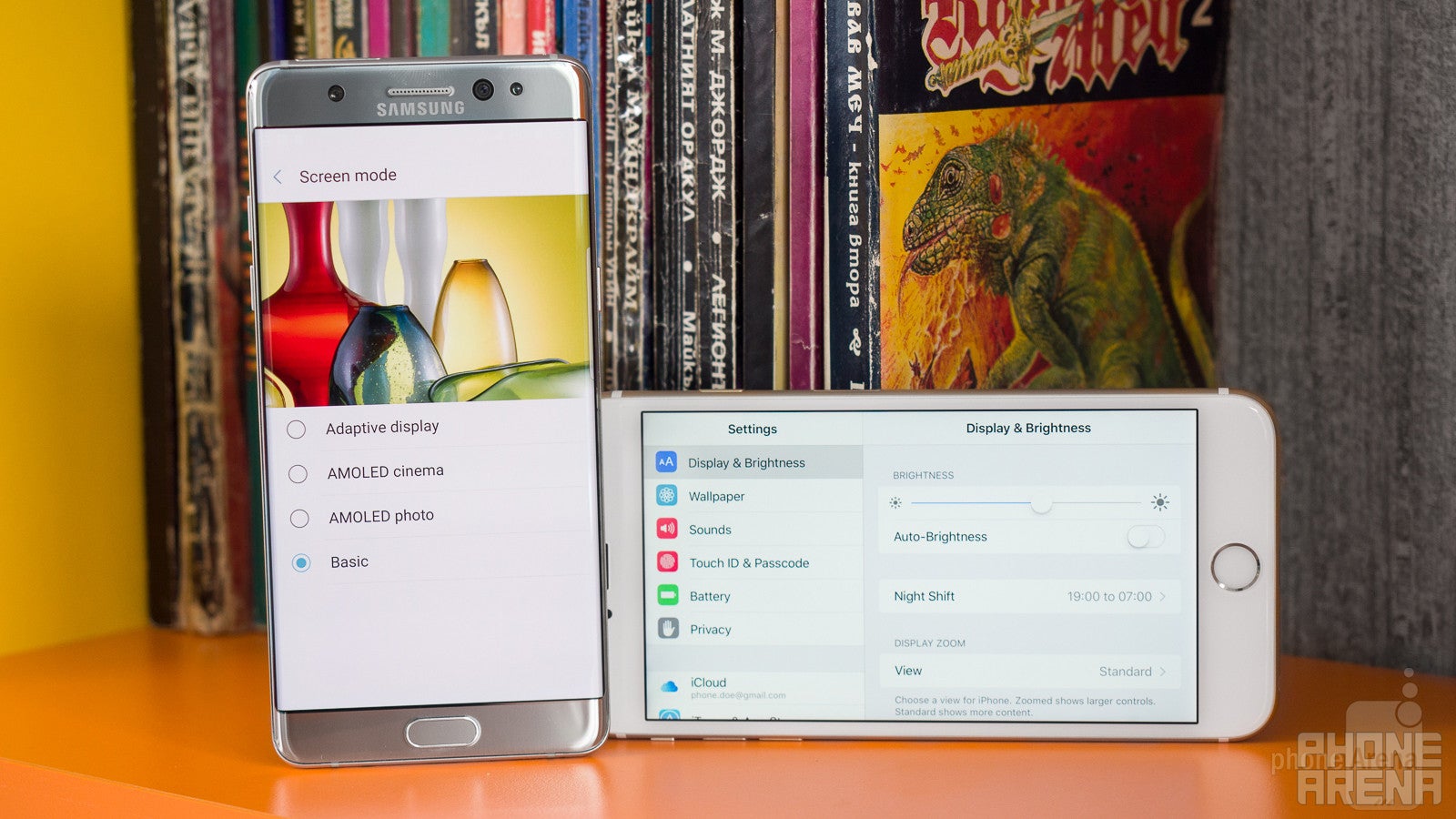
At 5.7-inches, the dual-curved Super AMOLED display on the Note 7 offers slightly more screen real estate than the iPhone 6s Plus' 5.5-inch glass.
As for the quality of the panels in question, it's an interesting interaction. All iPhone 6s Plus displays come factory-calibrated and there's no way for you to meddle with this, unlike with the Note 7. By default, then, the iPhone 6s Plus offers an excellent color accuracy for the standard sRGB gamut. With the exception of its slightly colder color temperature, the 6s Plus is one excellent IPS display, with peak brightness of nearly 600 nits, and a low of 5 nits—very good for night owls.
Turning to the Note 7, things aren't quite so simple. The phone ships with the overly saturated and visibly color-incorrect Adaptive Display profile on, most useful for unfavorable outside conditions in terms of visibility. Of course, you can always switch to the Basic display profile, which is aimed at representing that same sRGB color space. Unfortunately, the balance between red, green, and blue (RGB) is off on our international unit, with the former being seriously underrepresented. In result, shades of grey and even whites are marred by an unfortunate blue-green cast, which is easily visible when put next to our callibrated work monitors, and indeed, next to the iPhone 6s Plus. Interestingly, we also have the US version of the Note 7, with the Snapdragon processor, and it exhibits a considerably better color balance, in line with the 6s Plus, so obviously display quality with the Note 7 is going to vary from unit to unit.
Finally, on the brightness front, the Note 7 does splendidly, with over 570 nits peak brightness when in Auto mode. In fact, when it comes to minimum brightness, the Note 7 is capable of producing just 1 nit of brightness, which is very convenient for night reading.
Interface
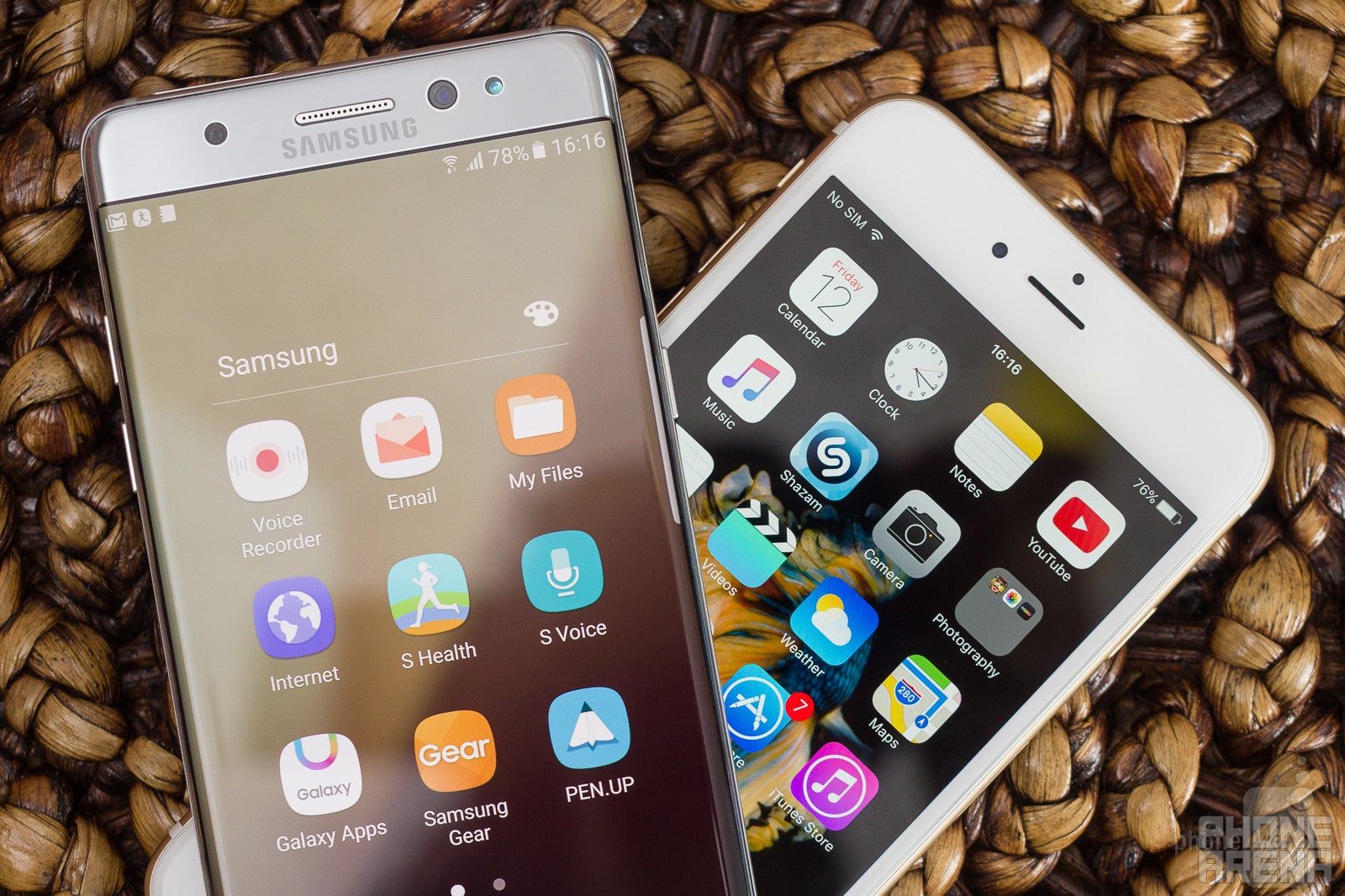
In many ways, to speak of Samsung's custom TouchWiz software as built on top of Android can be kind of misleading. Sure, the foundation is there, but the company has gone to great lengths to influence the user experience—whether through interface design or the breadth of the feature set. As importantly, this is TouchWiz like you've never seen it before in some key areas, as the Note 7 brings yet another notable update to the company's controversial UI.
Case in point: the root Settings menu is completely different from what you may be used to, offering a more uniform look with fewer options. These are still there, of course, but they're hidden a level deep into more general-sounding menus, helping reduce the clutter. Whether you'll appreciate having to go digging even further than before, however, is questionable.
The iconography with the Note 7 has also seen some slight changes, now trying to offer a more standardized vision. Overall, though, the Note 7 is familiar—just tidier than ever.
Visually, the iPhone 6s Plus' seems to already be where Samsung is only now going, with a very clean and minimalist approach to GUI. It's biggest virues are in its simplicity and fluidity – qualities that make it very easy and efficient to use. However, with iOS being more and more open these days, it doesn't sacrifice much flexibility over Android, with features such as support for third-party keyboards or a battery saving mode of its own. Plus, it has that added level of interaction with 3D Touch.
In all, these are just two drops in the sea when it comes to comparing TouchWiz with iOS. They're vastly different.
Functionality
Samsung has always been bullish on new, sci-fi like technology, and the Note 7 is no exception: it's got a fancy iris scanner. Just wake up the screen, swipe up, and wait for the front-facing infrared camera to illuminate and scan your irides for authorization. Sounds pretty cool, but the reality is that the phone's fingerprint scanner is simply superior if you're looking for reliability and speed. Not only don't you have to face/adjust your phone to capture your eyes, but you don't have to do anything past just clicking the Home button to get in securely with a fingerprint. And if you're into sunglasses, the iris scanner is even less useful.
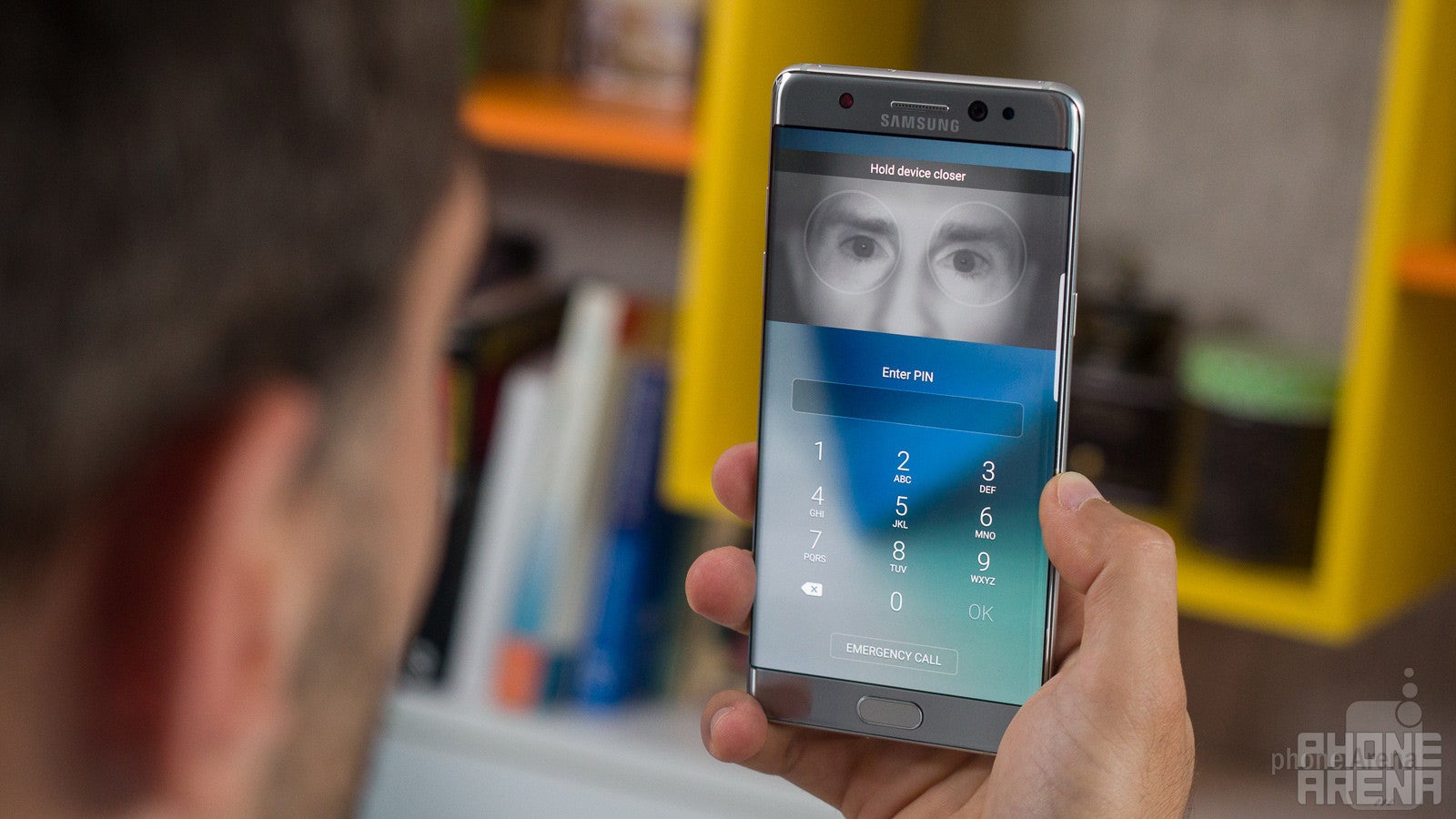
The Note 7 has an iris scanner
Quite frankly, at this point it definitely feels like most Note 7 users will take a swipe at the new, hot feature, show off for a while, and then go back to relying on their fingerprints—just like iPhone owners.
Speaking of the iPhone, its own fingerprint scanner simply feels superior. Perhaps this is mostly owed to its circular shape, which is far more forgiving in terms of your placement accuracy. Often, with the Note 7, it would feel like we just didn't place our finger square in the middle. This almost never happens with the iPhone.
Finally, and this is really one of few features of the Note 7 that are unique, Samsung's phablet is literally the last stylus device standing after the mass extinction event years ago. And for those of you into the S Pen, the good news is that it's been improved across the board. We can confirm first hand that the smaller ballpoint, the longer body, and the relocated button all are fantastic upgrades.
So if it's a stylus you're after, the Note 7 it is, hands down. Then again, you're likely already a Note user and so you're not even considering the iPhone 6s Plus.... Moving on!
Performance and memory
Just like it did with the Galaxy S7 family, Samsung is sticking to a Qualcomm/Exynos split for the Note 7's processor. More specifically, buyers within the United States will get the quad-core Snapdragon 820 chipset, while users elsewhere will be using the home-grown, octa-core Exynos 8890 powerhouse. We've seen what both of these chips can do, and coupled with 4G of RAM, you can rest assured that you're getting leading performance.
In the Apple camp, things are simpler. The iPhone 6s Plus relies on an incredibly powerful, dual-core A9 processor, supplemented with 2GB of RAM. A less impressive configuration in numbers terms, but more than capable enough to deliver world-class performance, even more consistent and fluid than what we get on the Note 7.
Finally, we commend Samsung on its choice to deliver the Note 7 with the whopping 64GB of storage standard, plus it supports microSD cards. Over in Apple's camp, the iPhone 6s Plus starts at 16GB of internal memory, but at about the same price at which the Note 7 comes, you can get the 6s Plus with 64 GB storage as well. However, no further memory expansion with Apple's gadget.
Camera
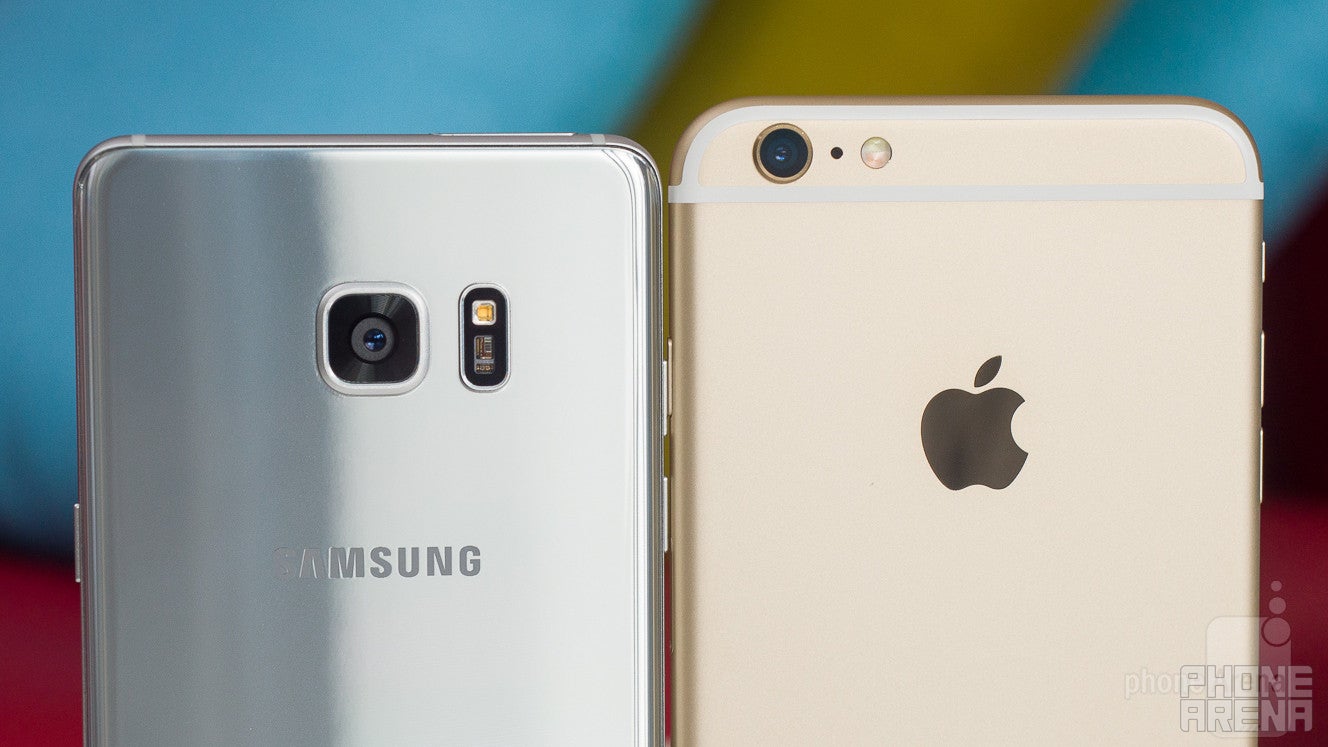
For years, Samsung has led the megapixel race, with snappers seemingly vastly superior to Apple's in terms of detail. It took a while, but Samsung has finally settled on something less insane, with an excellent, 12-megapixel camera that debuted with the Galaxy S7 family. The unit is optically stabilized for them smooth pans during video capture, and has an extremely wide, F1.7 aperture lens to help siphon as much light from the scene as possible.
In the opposite corner, we have a near equal proposition, with the iPhone 6s Plus packing a 12-megapixel unit as well, and one that is also optically stabilized. The lens aperture, at F2.2, is narrower, however, and the unit is physically smaller than the Note 7's (1/3'' vs 1/2.5'' for the latter).
On the software front, Samsung has further simplified its interface, now seriously rivaling the iPhone in terms of ease of use. That said, it remains the more versatile one, with a bunch of shooting modes on top of the ones offered by the iPhone as well.
Turning to image quality, both are amazing, but we tend to favor the Note 7 slightly... though it does come with its own drawbacks. The Note 7 camera snaps sharp, vibrant photos that are a tinge too warm, but very pleasant and eye-catching on the whole. The iPhone is much the same, though it offers a slightly expanded dynamic range, which is always welcome, but the white balance is even more aggressively warm.
What we're certainly no fans of is the post-processing done by the Note 7. Images are over-sharpened and colors boosted, whereas Apple has kept things more sane. In short, it's a trade-off between slightly more realistic colors (Note 7), and not as heavily post processed images overall (iPhone 6s Plus).
Moving to nighttime photography, the Note 7 is clearly ahead, and capable of soaking enough light to bring more brightness to a shot. The iPhone 6s Plus is none too shabby in this regard, too, but is unable to match that level of detail at night.
Finally, video-wise, the phones are evenly matched. Both are capable of recording 4K video at 30 frames per second, or 1080p at 30 fps or 60 fps.
Both devices offer more creative shooting modes such as slow motion and time lapse, though the Note 7 takes it a bit farther with Hyperlapse—a time-lapse like mode that is well stabilized.
Multimedia
While we're not big on the warping effect created by the curved screen of the Note 7 (and any other Samsung Edge device), the 5.7-inch panel is obviously a blast for video watching. In addition, the display is coupled with a new chip on the inside, capable of decoding HEVC-encoded, HDR10 video, which has been trending up lately. Content in this format is still scarce, but it's growing, with Amazon and Netflix offering a number of appropriate titles. In short, HDR10 video provides a noticeably more dynamic image, though keep in mind that you'll want to be in the AMOLED Cinema display profile to enjoy it at its fullest.
Apple offers no such perks, but as we said, this isn't really putting the iPhone 6s Plus at a disadvantage for the time being. And, with a great and vibrant screen of its own, it does benefit from being tightly integrated with the complete media center that the iTunes store is.
As for the bottom-facing loudspeakers of both handsets: they sound in a pretty similar way. Loudness is about the same, while the one on the iPhone 6s Plus tends to sound a bit cleaner and slightly fuller, but the difference isn't very significant.
Battery life
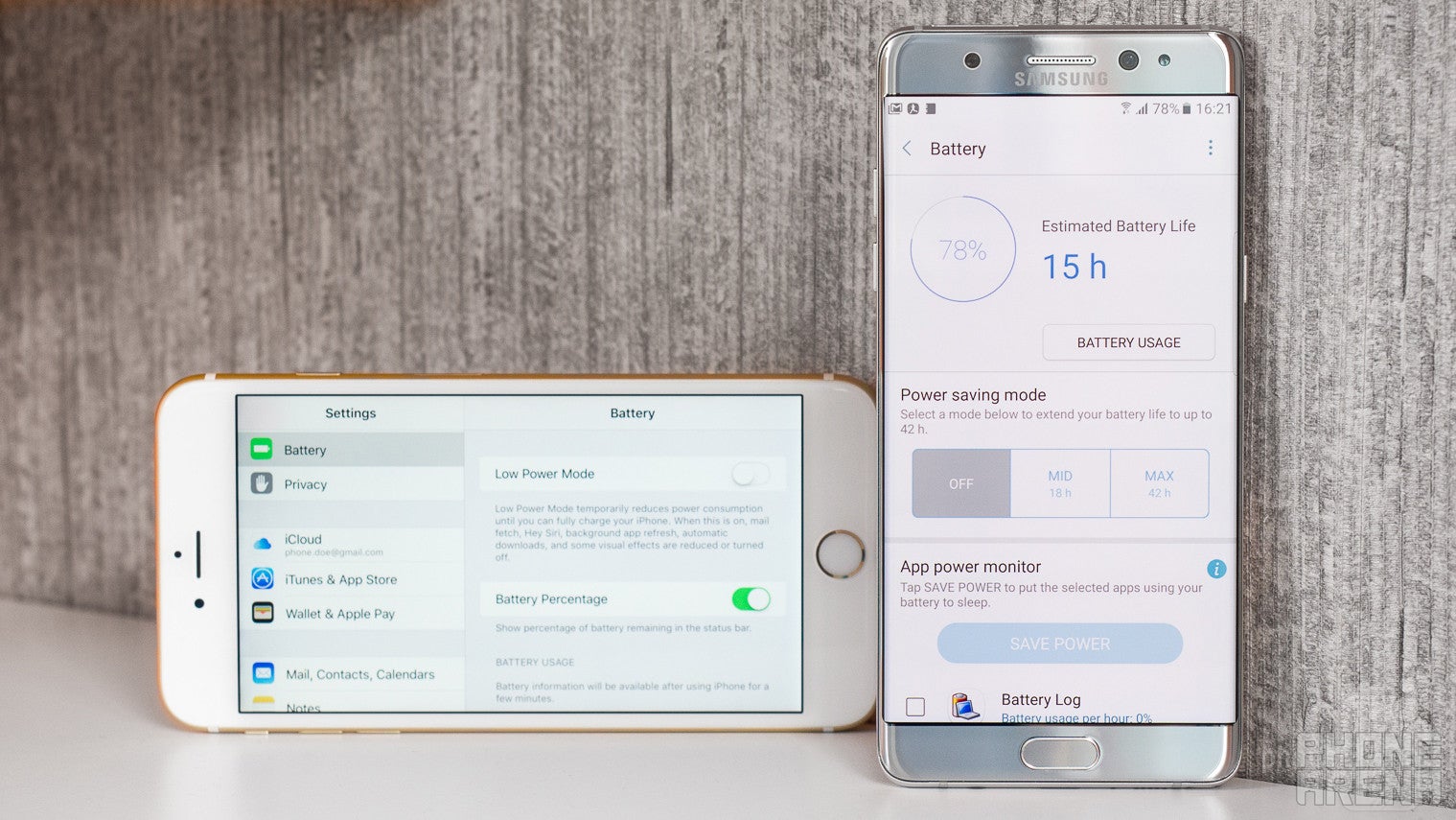
Despite its slightly larger size, the Note 7 features a battery with a capacity of 3,500mAh—identical to that found in the S7 edge. While this came across as a disappointment in the eyes of some fans, it's fair considering the space sacrificed to fit the S Pen. As for Apple's giant iPhone, it does its thing using a 2,750mAh juicer—a significant difference considering its much larger body.
Due to both hardware and software disparities between the two, however, cell capacity is highly misleading in this case. First, the Note 7 exhibits worse stand-by time. Then, we found it good for about 1 day of moderate usage, while the iPhone 6s Plus kept going beyond that, up to about a day and a half or slightly more.
Charging times for Samsung's darling are considerably better, however, and again despite the larger battery. For a full, zero-to-hero recharge, you'll need 96 minutes, whereas Apple's big hitter needs some 165 minutes—a lot of time to sit around and wait.
Conclusion
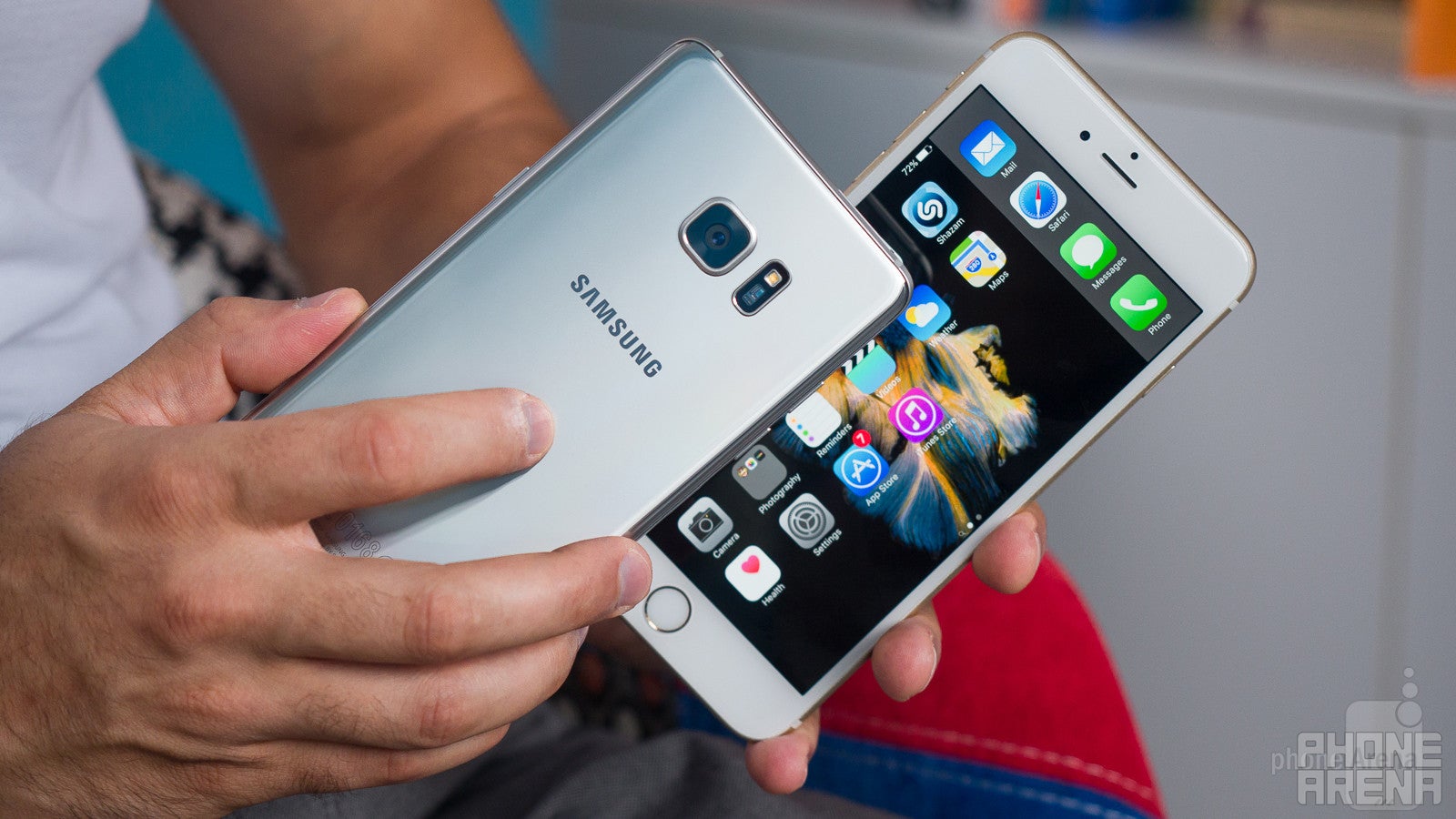
Right off the bat, if we compare the Note 7 to a 64GB iPhone 6s Plus, their prices are about the same (though you do have the option for a 16 GB 6s Plus at $100 less). However, with the latter scheduled for an the update come September, its price will likely drop by $100 very soon.
Overall, however, things are quite complicted. Design-wise, the Note 7 has more sensible dimensions and better one-handed experience. Both come off as exquisite, though the 6s Plus appers to be more considered, with cleaner lines and more symmetric look all-around. On the display front, if you're fortunate enough to get a Note 7 unit with a well-balanced display (we assume this means most units in the US, but we can't be fully certain), then things would be pretty much on par (provided you're using the Basic screen mode on the Note). In case you're not so lucky, however, and get a Note 7 with a display that is way off (such as one of the two Note 7 units we got; probably most international ones), then the iPhone 6s Plus will consistently deliver the better viewing experience.
In terms of OS and functionality, it is pretty much a choice between iOS and Android, or rather iOS and TouchWiz. Both have pros and cons, but performance tends to be more consistent with the 6s Plus. As for their cameras, we already said we have a slight preference for the Note 7's shooter, though the difference between the two isn't so big. Then, there's battery life, which is better with Apple's phone, but if you don't mind nightly charging, then we guess the Note 7 and its quick charging capabilities would seem almost equally enticing.
In the end, the iPhone 6s Plus, now an aging device, is obviously at a disadvantage, although as we've seen from this comparison, it feels by no means dated, compared to Samsung's new phablet. Provided you don't necessarily need the S Pen stylus and the handful of features it adds, then the choice obviously boils down to iOS vs Android, since this dilemma is much more fundamental than the other, mostly negligible differences between the two phablets. So, which one would you prefer?
Samsung Galaxy Note 7
Pros
- More ergonomic
- S Pen stylus
- Water-resistant
Apple iPhone 6s Plus
Pros
- More intuitive
- Consistent performance
- Better battery life
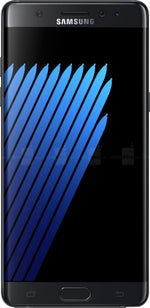
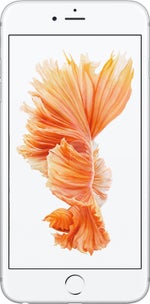


























Things that are NOT allowed: